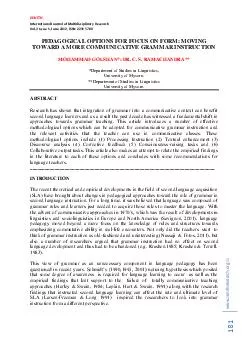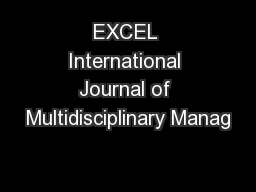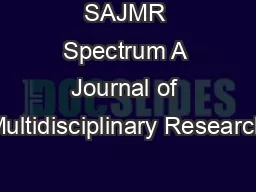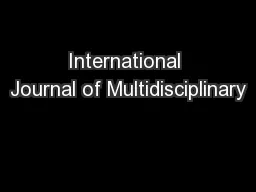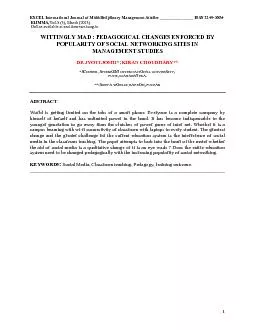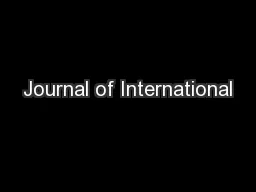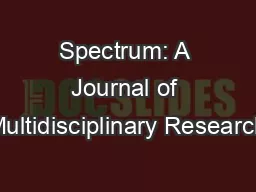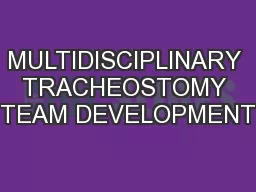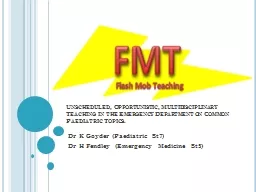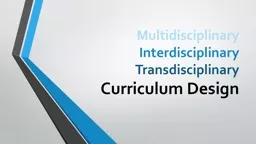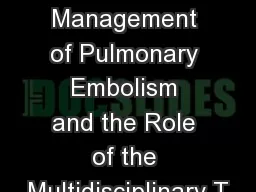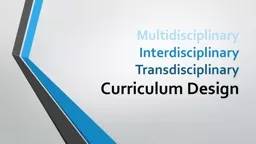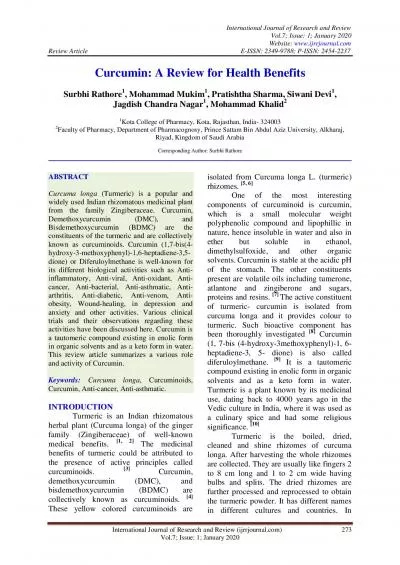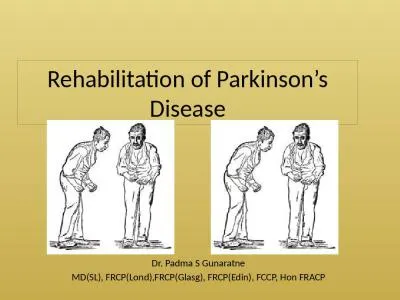PDF-International Journal of Multidisciplinary Research
Author : celsa-spraggs | Published Date : 2016-05-31
ZENITH Vol 2 Issue 6 June 2012 ISSN 2231 5780 wwwzenithresearchorgin 181 PEDAGOGICAL OPTIONS FOR FOCUS ON FORM MOVING TOWARD A MORE COMMUNICATIVE GRAMMAR INSTRUCTION MOHAMMAD
Presentation Embed Code
Download Presentation
Download Presentation The PPT/PDF document "International Journal of Multidisciplina..." is the property of its rightful owner. Permission is granted to download and print the materials on this website for personal, non-commercial use only, and to display it on your personal computer provided you do not modify the materials and that you retain all copyright notices contained in the materials. By downloading content from our website, you accept the terms of this agreement.
International Journal of Multidisciplinary Research: Transcript
Download Rules Of Document
"International Journal of Multidisciplinary Research"The content belongs to its owner. You may download and print it for personal use, without modification, and keep all copyright notices. By downloading, you agree to these terms.
Related Documents

